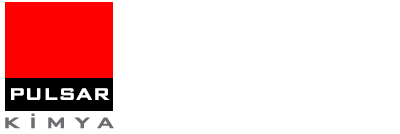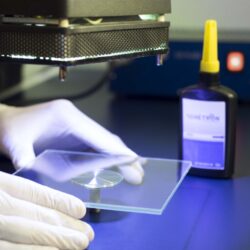UV curing is a process in which high-intensity ultraviolet light is used to instantly cure and dry coatings and adhesives. It can be adapted to UV curing coating, printing, embellishment and assembly of various products and materials. Curing with ultraviolet is a high speed process. The curing process is carried out by polymerization rather than evaporation.
The main advantage of UV curing lies in the speed it adds to production. In addition to speeding up production, defects and errors are drastically reduced as the time required for dust or another airborne object to contact the material is reduced. At this point, the quality of the finished product increases and provides greater consistency.
Another obvious advantage of ultraviolet curing is that it allows less space to be allocated in the facilities for products that are about to be produced, since they do not have to wait for drying in production. This creates good productivity throughout the entire production cycle.
On the other hand, UV-cured adhesives have quickly become a substitute for two-component adhesives. In this way, concerns such as ratio mixing, solvent removal and potential lifetime are eliminated. Adhesives cured by ultraviolet can be used in many different industries. For example, guitar, violin, etc. It is used in the coating of products, in the manufacture of pool cues and in other wood crafts industry.
Other industries that benefit from UV curing include automobiles, cosmetics, food, science, pharmaceuticals, medical, education and the arts.

